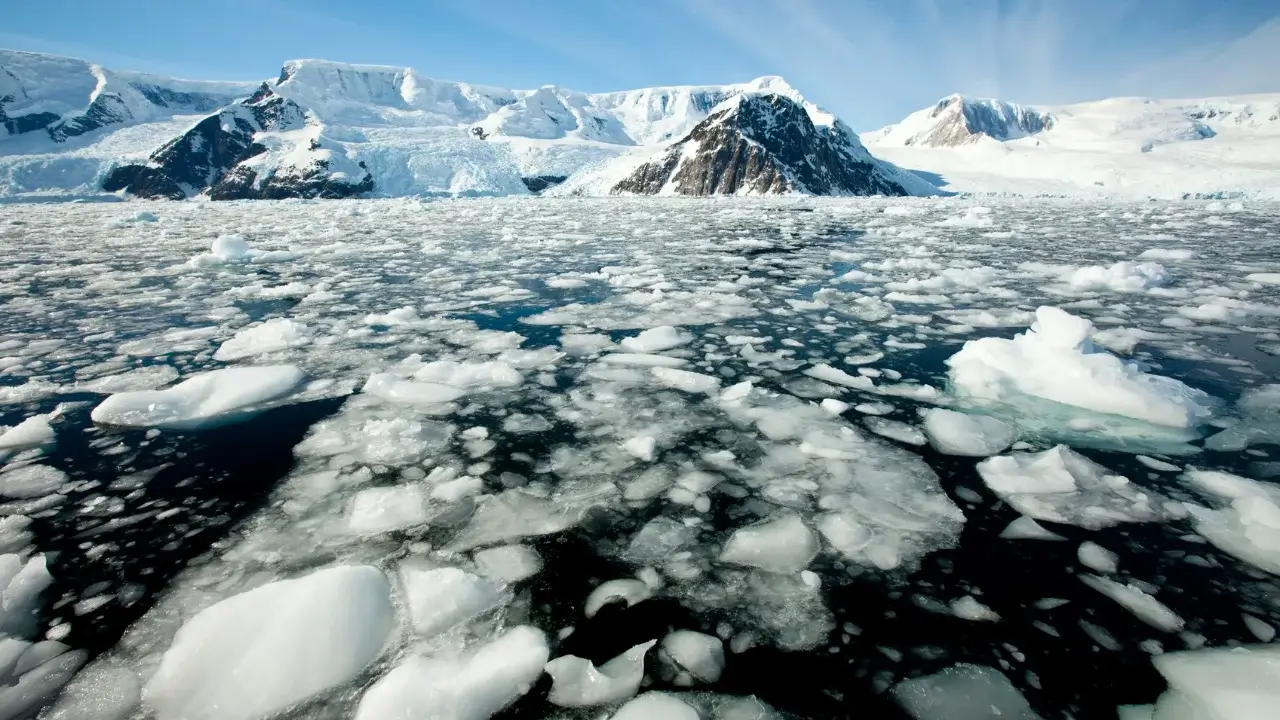
Despite being the coldest continent on Earth, Antarctica has been feeling the negative impact of global warming more strongly in recent years. In the southern hemisphere, the area of sea ice in winter dropped to 17.81 million square kilometers, which is the third lowest figure in 47 years of satellite observations. The increasing melting of glaciers indicates that climate change is taking deeper root on a global scale. This situation poses a threat not only to Antarctica itself, but also to ecological systems around the world.
The melting of ice is significantly below the long-term average, lagging behind the record amount of melting in 2023 and the second lowest level in 2024. This, naturally, indicates that climate change is continuing at a sharp pace. According to senior researcher Ted Scambos, although the level of Antarctic sea ice gradually increased until 2016, currently warmer ocean waters are penetrating the southern shores. This means that the impact of global warming has reached the southern seas and has begun to negatively affect all climate systems.
The melting of sea ice does not directly raise the sea level, but its loss leads to a decrease in light-colored surfaces that reflect solar energy. Instead of losing ice, the dark ocean water absorbs it and accelerates warming. The disappearance of the ice sheet also acts as a buffer protecting the Antarctic ice sheet. If the ice layers are melting, coastal areas will become weaker and may accelerate the collapse of glaciers. This, in turn, could lead to a significant rise in sea levels worldwide.
Read “Zamin” on Telegram!Users of Меҳмон are not allowed to comment this publication.













